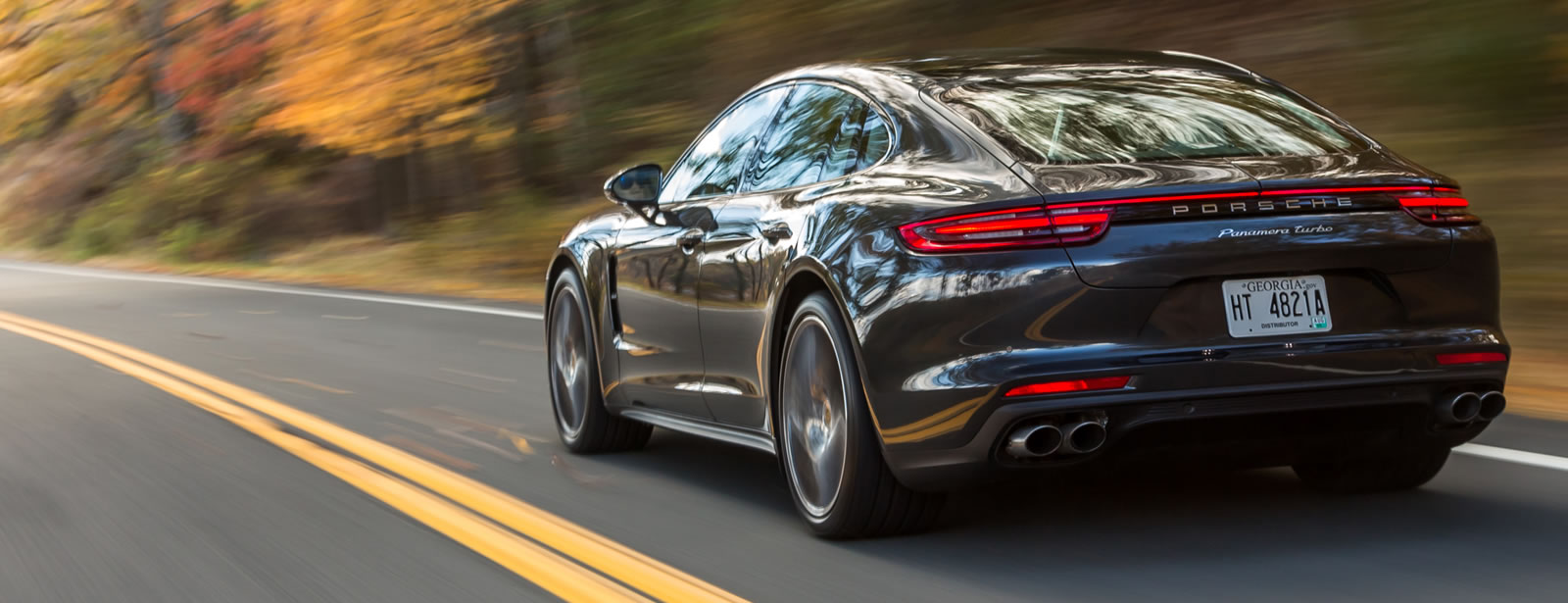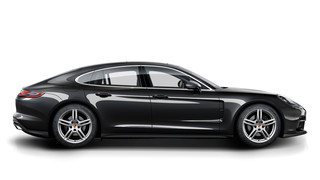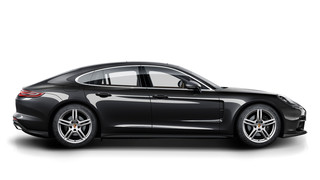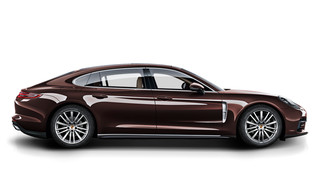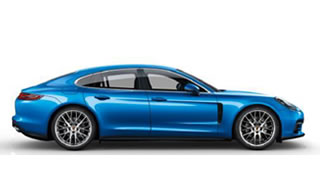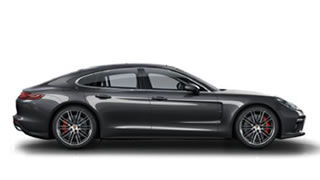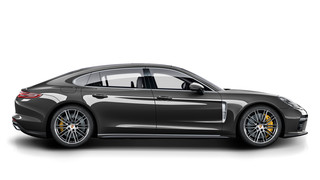Porsche Ontario
2262 Inland Empire Blvd Ontario, CA 917642017 Porsche Panamera Overview 
2017 Porsche Panamera in Ontario
Porsche Panamera Dealer in Ontario
2017 Porsche Panamera Performance 
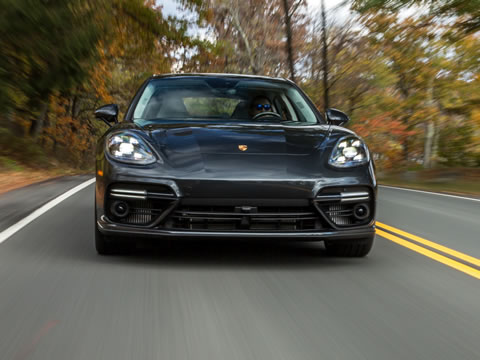
Twin-Turbo Engines
A Porsche has always impressed with more than just power; its efficiency is equally important. To make the new Panamera even more efficient than the previous model, the second generation Panamera has all new engines. They have been made more powerful, while significantly improving fuel economy and reducing emissions. Two new twin-turbo direct injection engines are being introduced at the market launch in the Panamera Turbo and the Panamera 4S. All models are equipped with a permanent, fully variable all-wheel drive system and a new eight-speed Porsche dual-clutch transmission (PDK). A 4.0-liter V8 gasoline engine that delivers 550 hp propels the Panamera Turbo while a V6 gasoline engine with a displacement of 2.9 liters and an output of 440 hp drives the Panamera 4S.

Top of the Line Performance in a Tailored Suit
In keeping with the overall concept of increasing usability while improving performance, there are numerous changes to the suspension system in the second generation Panamera. First, a new electromechanical steering system for the front wheels, and rear-axle steering for the rear wheels simultaneously improves high-speed stability and slow-speed maneuverability. Ride-height adjustable adaptive air suspension is available with a new three-chamber technology, including electronic damper control (Porsche Active Suspension Management PASM). Also available is an enhanced electromechanical Porsche Dynamic Chassis Control Sport (PDCC Sport) system including Porsche Torque Vectoring Plus (PTV Plus). The integrated 4D Chassis Control system analyzes the driving conditions in real time and enables optimized and coordinated use of all systems together for even better handling in the new Panamera. Furthermore, the brakes are even more powerful than before to bring the braking power in line with the increased performance.
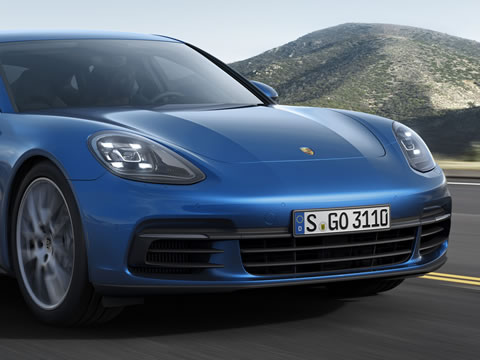
V6 Engine with Variable Timing of the Intake Valves
In part-load operation, the combustion process of the V6 engines is characterized by a shorter compression phase with a higher compression ratio. In combination with a normal expansion phase (but longer in duration than compression phase), this results in clear efficiency and fuel consumption advantages. The following applies: the shorter the intake opening time, the higher the compression ratio and the efficiency gain. However, the shorter opening time reduces the fill of the combustion chamber. This is why the valve timing and compression have a variable design: the intake valve control switches to longer intake timing as soon as the driver requests more power. This ensures that the engine delivers the maximum power with optimal efficiency in the full load range as well.
2017 Porsche Panamera Appearance 
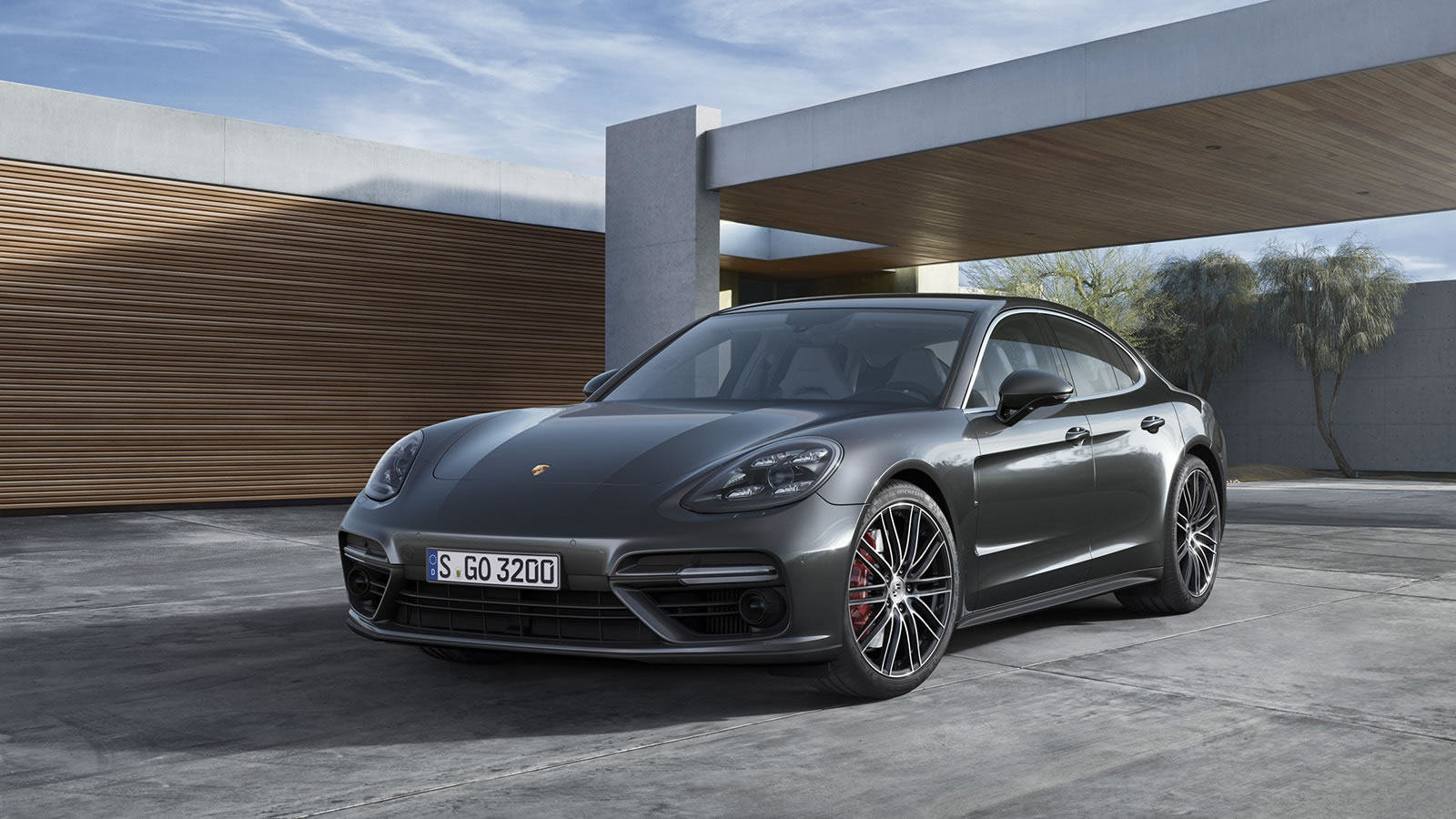

The Design of the New Panamera Forges a Link to the Porsche 911
Despite the slight increase in height and the exceptionally spacious interior, the new Panamera appears lower and longer. This is primarily due to the 20 mm reduction in height above the rear of the passenger compartment while maintaining substantial headroom. This changes the car's image completely. The wheelbase has been increased by 30 mm to 2,950 mm (116.14 inches); this too lengthens the car's proportions. The front wheels were shifted further forward (12 mm), reducing the front overhang and making the distance between the A-pillar and the front axle – even larger. The rear overhang is longer, giving the car a more powerful appearance.

High-Strength Lightweight Aluminum/Steel Hybrid Construction
The new Panamera has a redesigned high-tech lightweight body with even more aluminum than before. On the predecessor, the outer-door panels, hood, hatch, and front fenders were made of aluminum. With the new Panamera, Porsche is now going much further and also producing large body parts such as the whole side section and the roof in aluminum.The Panamera body is based on the Modular Standard Drive Train Platform (MSB), which Porsche is responsible for developing in the Volkswagen Group. One of the many advantages of the MSB is its great versatility. For example, Porsche is able to produce the new Panamera at its Leipzig plant with two different wheelbases and all conceivable drive types for this segment.
2017 Porsche Panamera Comfort 
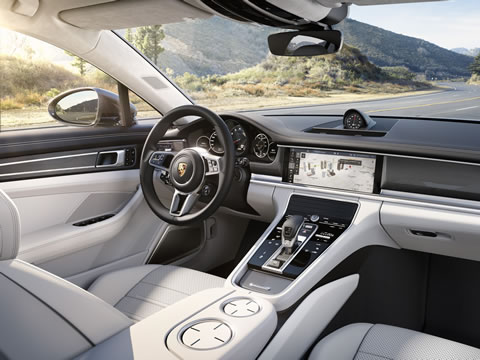
Porsche Advanced Cockpit
The new Panamera exhibits a completely new display and control concept. Touch-sensitive surfaces replace buttons in many areas, and high-resolution displays are integrated into the interior. The digitalization of the Porsche interior, which began with the 918 Spyder, is now in its next development stage and has reached the luxury sedan segment aboard the Panamera in the form of the new Porsche Advanced Cockpit. From the low seat position typical of sports cars, drivers not only see the traditional front-end landscape of the car's fenders and power dome, but also two 7-inch displays that are placed along the driver's line of sight for ideal ergonomics. Each can feature two instruments, and located centrally between these two displays, is the tachometer, which is still an analog instrument in keeping with tradition.

Adaptive Cruise Control
The functional range and properties of the adaptive cruise control have been significantly improved. Crucial here are two important innovations that were used to modify the system of the first generation Panamera: instead of one radar sensor (usually integrated in the middle of the lower fascia), two are used in the new Panamera. They are integrated in the lower bumper on the left and right sides. In addition, the cruise control system now also incorporates camera sensors into its control. This system extension makes monitoring of the distance to vehicles ahead more reliable. In addition, vehicles merging into the car's own lane from adjacent lanes are detected much sooner. If necessary, the system can bring the car to a standstill. Thanks to a stop-and-go function, the Panamera can also resume driving autonomously. If the standstill lasts longer than three seconds, all the driver needs to do to drive off again is to briefly tap the accelerator pedal or resume the function from the steering wheel stalk.
2017 Porsche Panamera Safety 
New Car Limited Warranty & Porsche 24-Hour Roadside Assistance Program for 4-Years / 50,000 Miles (whichever occurs first)
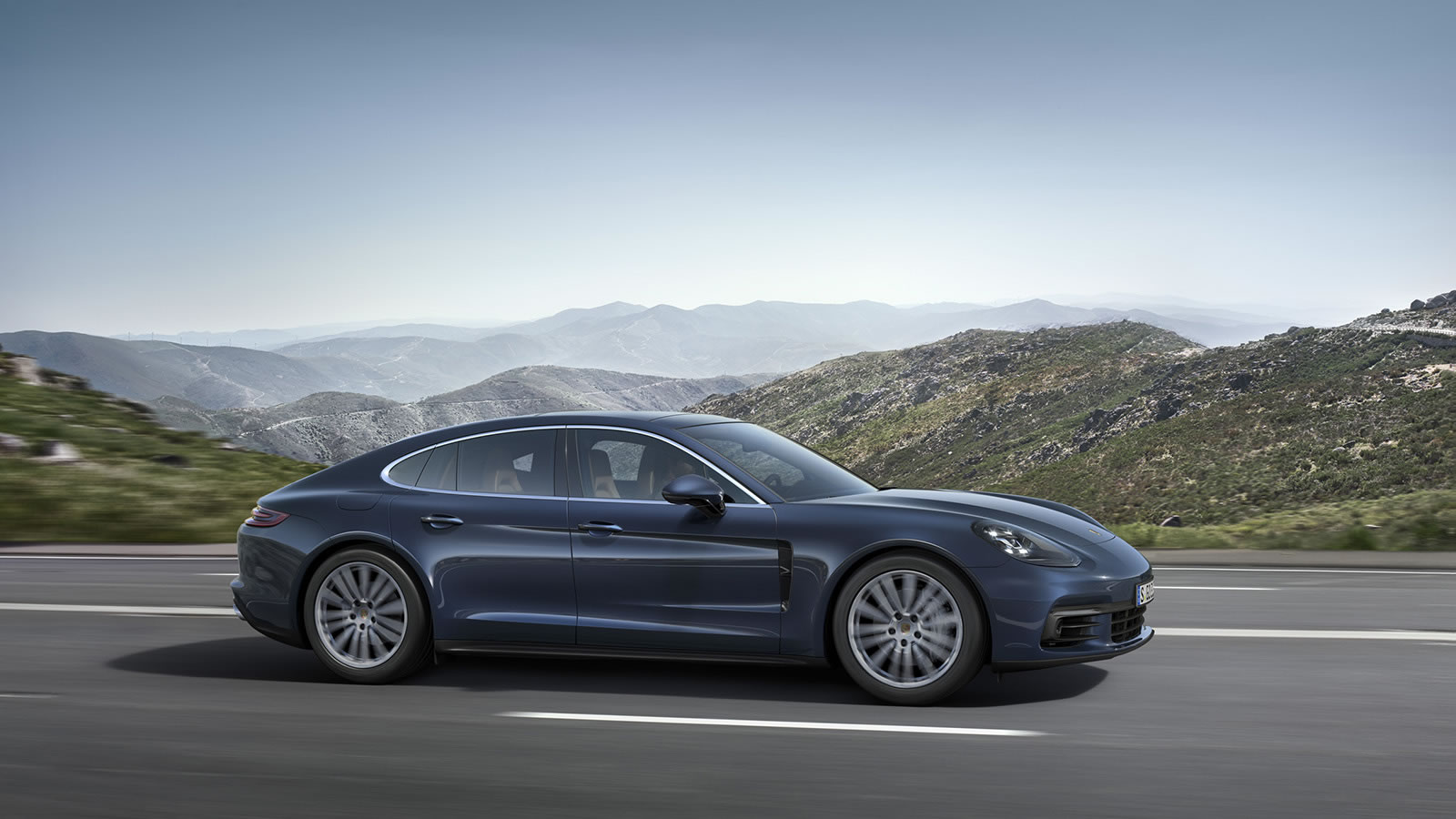
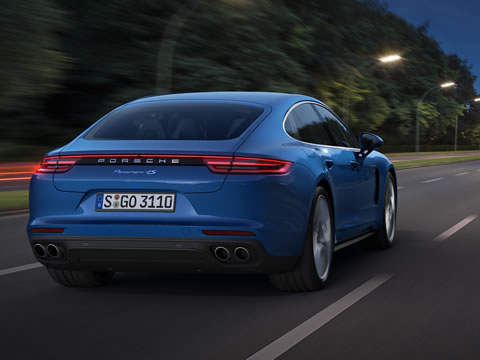
Night Vision Assistance
Looking especially far ahead along the road is the new Porsche InnoDrive, which includes adaptive cruise control. Based on navigation data, the system calculates the optimal acceleration and braking figures for the next 1.8 miles (3.0 kilometers) and these figures are implemented via the engine, eight-speed PDK, and the brake system. In doing so, this electronic co-pilot automatically takes corners, hills and speed limits into account. The traffic situation in front of the car is captured by radar and video sensors, and control is adapted accordingly. The system significantly improves the Panamera's efficiency. Currently, there is no comparable technology worldwide.

InnoDrive Including Adaptive Cruise Control
Panamera cars are equipped with LED headlights including four-point LED daytime running lights as standard. LED headlights, including the Porsche Dynamic Light System (PDLS), are standard in the Panamera Turbo, and available on the Panamera 4S. Optionally, the newly developed LED Matrix headlights with PDLS Plus can be ordered as optional equipment. This is a system with which Porsche transfers the maximum potential of today's lighting technology into the Panamera. The LED Matrix headlights contain a total of 109 LEDs for all lighting functions. The LED Matrix module alone comprises 84 LEDs (pixels).
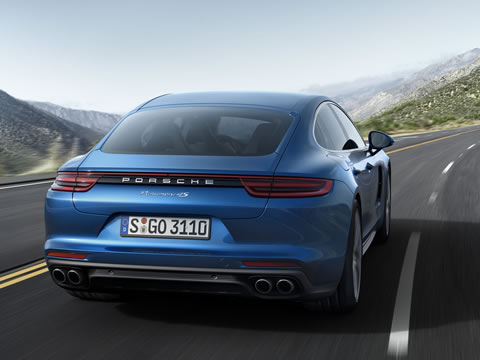
Lane Keep Assist
The Lane Keep Assist system being offered for the first time in the Panamera reduces the risk of unintentionally leaving one's own driving lane. The system now being implemented in the Panamera is one of the most advanced of its kind. It detects lane markings via a camera in the windshield and operates over a driving speed range from 40 to 155 mph. As soon as the driver leaves the lane without activating the turn signal, the car automatically steers via the new electromechanical steering system. If desired, the driver can also configure the PCM to output an audible warning and a visual warning in the instrument cluster. One component of the system is road sign recognition. It utilizes the same camera as the lane keep assist.
2017 Porsche Panamera Specification 

Specs reflect base model unless otherwise noted.
| Engine | Panamera 4S | Panamera Turbo |
|---|---|---|
| Type | V6 twin turbo | V8 twin turbo |
| Valves/Cylinder | 4 | 4 |
| Displacement | 2,894 cc | 3,996 cc |
| Bore x Stroke | 84.5 x 86.0 mm | 86.0 x 86.0 mm |
| Max power | 440 hp @ 5650-6600 rpm | 550 hp @ 5750-6000 rpm |
| Max torque | 405 lb-ft @ 1750-5500 rpm | 567 lb-ft @ 1960-4500 rpm |
| Output per liter | 152 hp/liter | 138 hp/liter |
| Compression ratio | 10.5:1 | 10.1:1 |
| Max engine speed | 6800 rpm | 6800 rpm |
| Cooling system | Water cooling, thermal management with control thermostat and potted water pump | |
| Valve control | VarioCam Plus: variable cam phasing on intake and exhaust cam, valve lift switching on intake | VarioCam Plus with adaptive cylinder control: variable cam phasing on intake and exhaust cam, cylinder deactivation via two-stage sliding cams on take and exhaust cams |
| Power transmission | Panamera 4S | Panamera Turbo |
| Drive system | Porsche Traction Management (PTM): active all-wheel drive with electronically- and map-controlled multi- plate clutch, variable torque distribution between front and rear axles | |
| Transmission | 8-speed Porsche Doppelkupplung (PDK) | |
| Gear ratios | 1st: 5.97 | |
| 2nd: 3.24 | ||
| 3rd: 2.08 | ||
| 4th: 1.42 | ||
| 5th: 1.05 | ||
| 6th: 0.84 | ||
| 7th: 0.68 | ||
| 8th: 0.53 | ||
| Reverse: 5.22 | ||
| Rear axle: 3.36 | ||
| Chassis | Panamera 4S | Panamera Turbo |
| Suspension | Steel springs with Porsche Active Suspension Management (PASM) | Adaptive air suspension with three-chamber air springs and Porsche Active Suspension Management (PASM) |
| Front axle | Aluminum double wishbone suspension | |
| Rear axle | Aluminum multi-link suspension | |
| Steering | Electromechanical servo steering; optional rear axle steering | |
| Steering ratio | 15.5:1 (center position) up to 9.3:1 With rear axle steering: 14.2:1 center, up to 9.3:1 | |
| Steering wheel diameter | 375 mm | |
| Turning circle diameter | 39.0 ft With rear axle steering: 37.4 ft | |
| Driving stability system | Porsche Stability Management (PSM) incl. ABS with extended brake functions | |
| Brakes | Panamera 4S | Panamera Turbo |
|---|---|---|
| Brake system | Front: 6-piston aluminum monoblock fixed calipers; Rear: 4-piston aluminum monoblock fixed calipers | |
| Brake discs, front axle | Grey cast iron, internally vented | |
| Diameter: 360 mm | 410 mm | |
| Thickness: 36 mm | 38 mm | |
| Brake discs, rear axle | Grey cast iron, internally vented | |
| Diameter: 330 mm | 380 mm | |
| Thickness: 28 mm | 30 mm | |
| Wheels and Tires | Panamera 4S | Panamera Turbo |
| Front | 9J x 19 ET 64 265/45 ZR 19 | 9.5J x 20 ET 71 275/40 ZR 20 |
| Rear | 10.5J x 19 ET 62 295/40 ZR 19 | 11.5J x 20 ET 68 315/35 ZR 20 |
| Dimensions | ||
| Length | 198.8 in / 5049 mm | |
| Width (with mirrors) | 76.3 in / 1937 mm (85.2 in / 2165 mm) | |
| Height | 56.0 in / 1423 mm | 56.2 in / 1427 mm |
| Wheelbase | 116.1 in / 2950 mm | |
| Track width, front | 1671 mm (19" wheels) | 1657 mm (20" wheels) |
| Track width, rear | 1651 mm (19" wheels) | 1639 mm (20" wheels) |
| Luggage volumes and weights | Panamera 4S | Panamera Turbo |
|---|---|---|
| Luggage volume | 17.4 - 46.0 cu ft / 495-1304 liters | |
| Curb weight (DIN) | 4123 lbs/1870 kg | 4398 lbs/1995 kg |
| Allowable gross weight | 5501 lbs/2495 kg | 5699 lbs/2585 kg |
| Weight-to-power ratio | 9.5 lbs/hp; 4.3 kg/hp | 7.9 lbs/hp; 3.6 kg/hp |
| Driving performance | Panamera 4S | Panamera Turbo |
| Top speed | 179 mph | 190 mph |
| Acceleration | 0-60 mph: 4.2s | 3.6s |
| w/ Sport Chrono Package | 0-60 mph: 4.0s | 3.4s |
| Fuel and emissions | Panamera 4S | Panamera Turbo |
| Emissions standard | Euro 6 | |
| Fuel type | Super | |
| Fuel tank capacity | 19.8 g (23.8 optional) | 23.8 g |
| Aerodynamics | Panamera 4S | Panamera Turbo |
| Air drag coefficient, cd | 0.29 | 0.3 |
| Frontal area, A | 2.37 sq m | 2.38 sq m |
| cd x A: | 0.687 | 0.714 |
We're sorry, but we do not have a 2017 Porsche Panamera in our current inventory.
Disclaimers
- * For up-to-date pricing and disclaimer information please contact your local dealer.
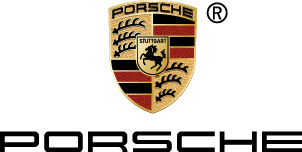
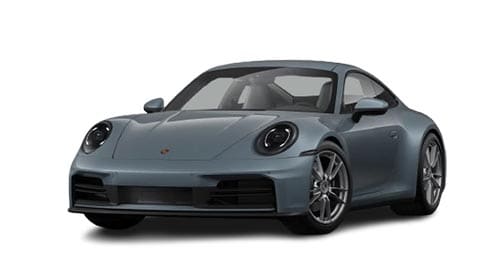 2026 911 Carrera
2026 911 Carrera
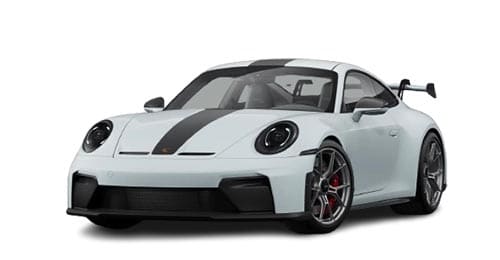 2026 911 GT3
2026 911 GT3
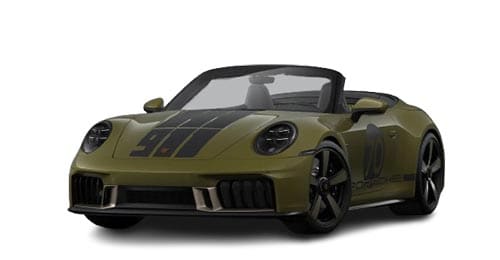 2026 911 Spirit 70
2026 911 Spirit 70
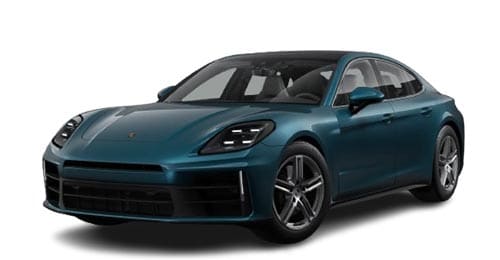 2026 Panamera
2026 Panamera
 2026 Taycan
2026 Taycan
 2026 Cayenne
2026 Cayenne
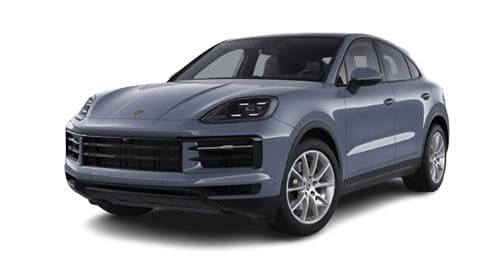 2026 Cayenne Coupe
2026 Cayenne Coupe
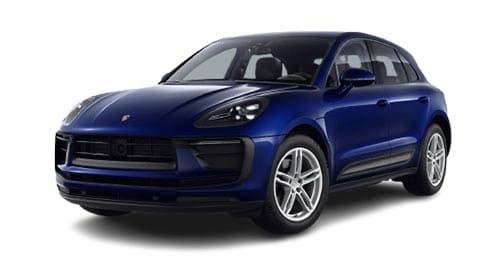 2026 Macan
2026 Macan
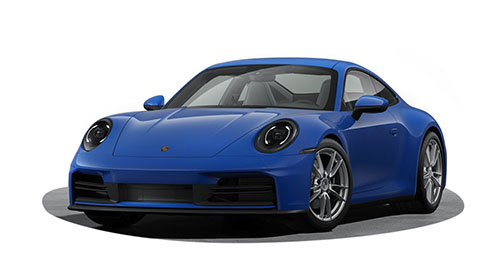 2025 911 Carrera
2025 911 Carrera
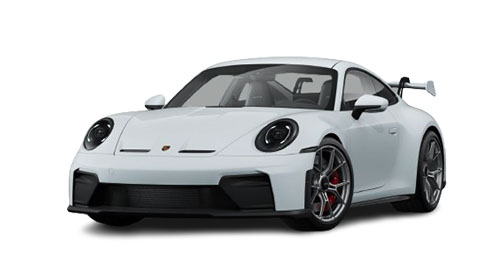 2025 911 GT3
2025 911 GT3
 2025 911 GT3 RS
2025 911 GT3 RS
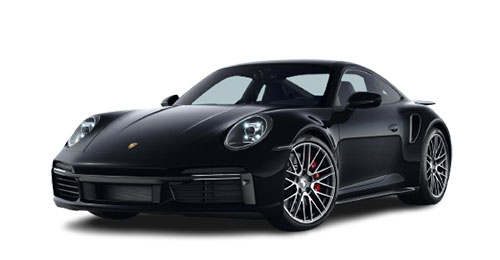 2025 911 Turbo
2025 911 Turbo
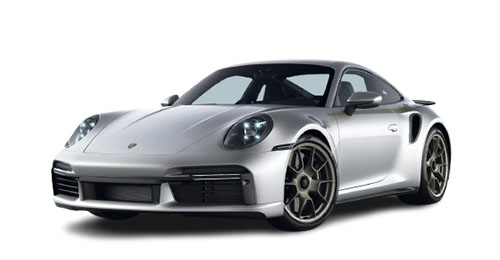 2025 911 Turbo 50 Years
2025 911 Turbo 50 Years
 2025 718 Boxster
2025 718 Boxster
 2025 718 Cayman
2025 718 Cayman
 2025 718 Cayman GT4 RS
2025 718 Cayman GT4 RS
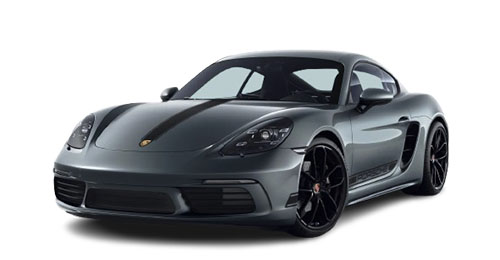 2025 718 Cayman Style Edition
2025 718 Cayman Style Edition
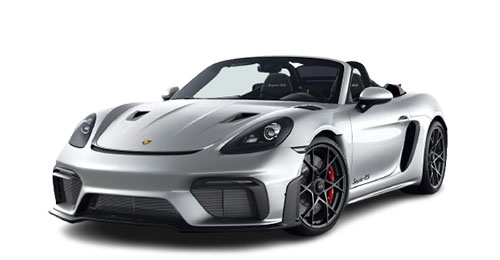 2025 718 Spyder RS
2025 718 Spyder RS
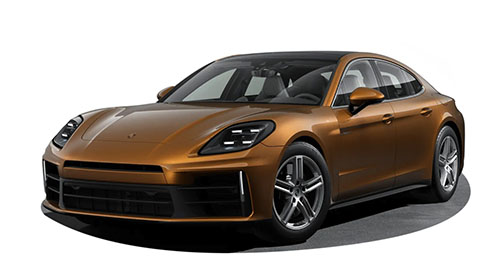 2025 Panamera
2025 Panamera
 2025 Taycan
2025 Taycan
 2025 Cayenne
2025 Cayenne
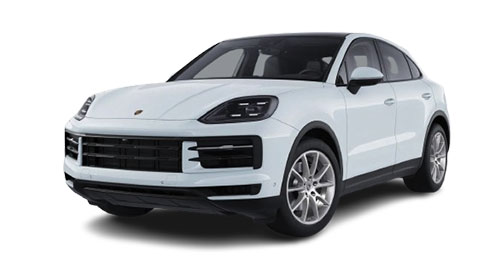 2025 Cayenne Coupe
2025 Cayenne Coupe
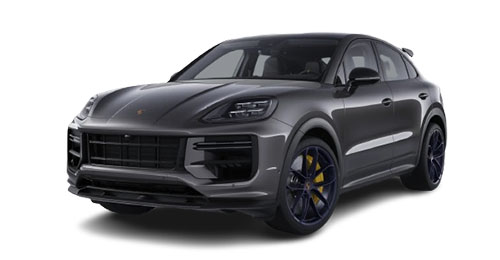 2025 Cayenne Turbo GT
2025 Cayenne Turbo GT
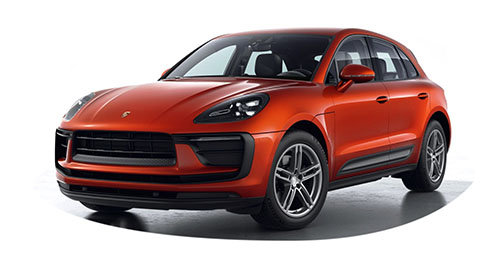 2025 Macan
2025 Macan
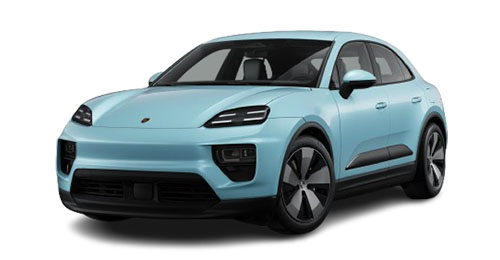 2025 Macan Electric
2025 Macan Electric
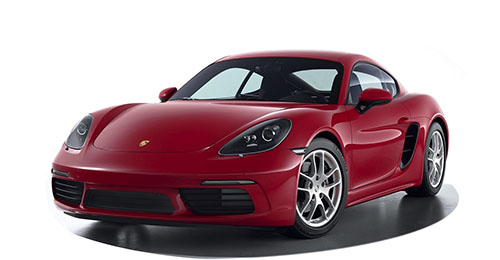 2024 718 Cayman
2024 718 Cayman
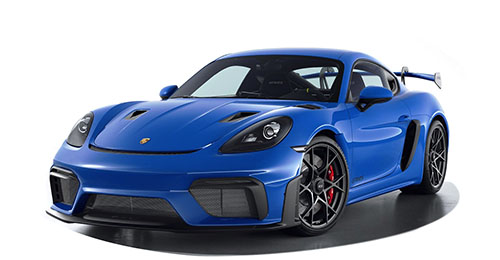 2024 718 Cayman GT4 RS
2024 718 Cayman GT4 RS
 2024 718 Cayman Style Edition
2024 718 Cayman Style Edition
 2024 911 Carrera
2024 911 Carrera
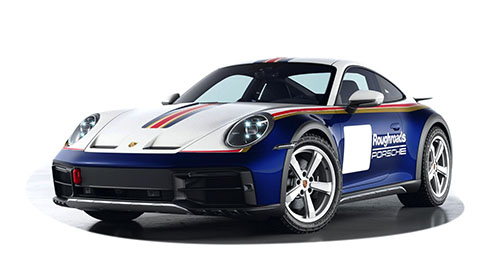 2024 911 Dakar
2024 911 Dakar
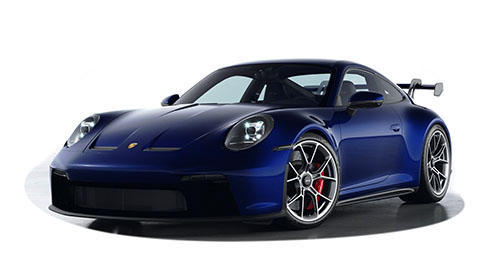 2024 911 GT3
2024 911 GT3
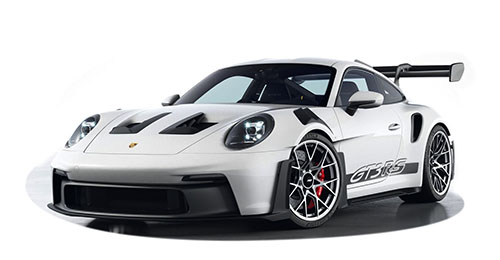 2024 911 GT3 RS
2024 911 GT3 RS
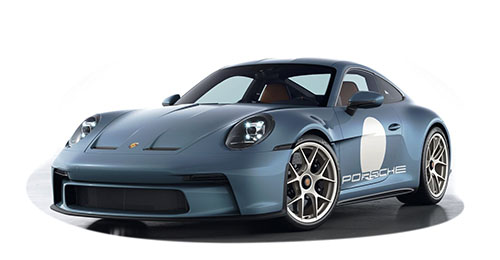 2024 911 ST
2024 911 ST
 2024 911 Turbo
2024 911 Turbo
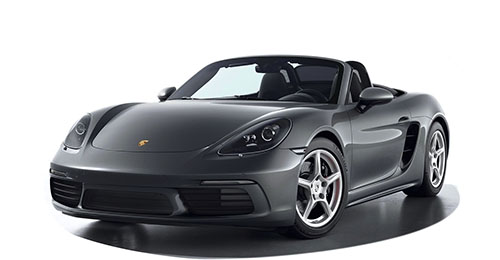 2024 718 Boxster
2024 718 Boxster
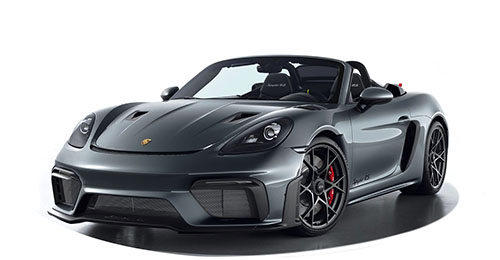 2024 718 Spyder RS
2024 718 Spyder RS
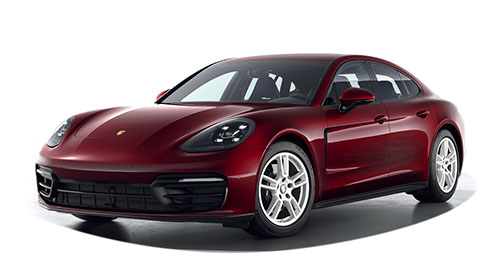 2024 Panamera
2024 Panamera
 2024 Taycan
2024 Taycan
 2024 Cayenne
2024 Cayenne
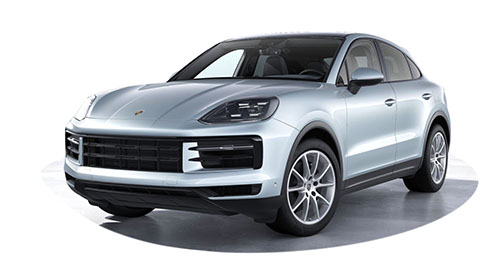 2024 Cayenne Coupe
2024 Cayenne Coupe
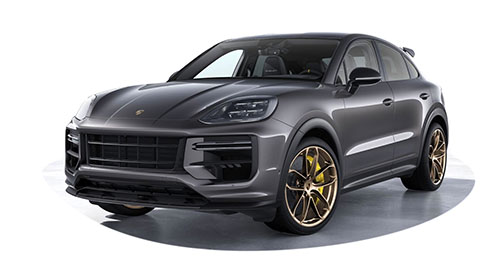 2024 Cayenne Turbo GT
2024 Cayenne Turbo GT
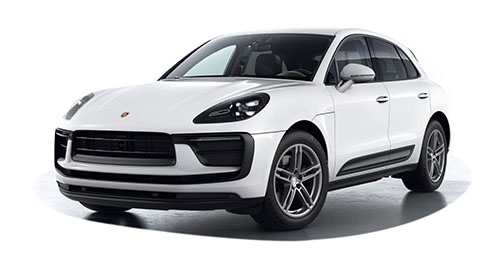 2024 Macan
2024 Macan
 2024 Macan Electric
2024 Macan Electric
 2023 718 Cayman
2023 718 Cayman
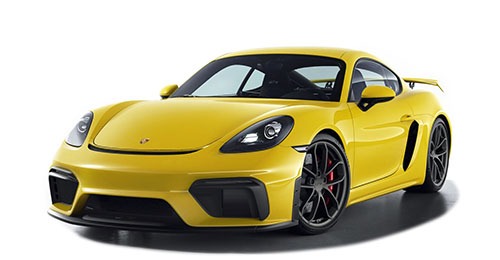 2023 718 Cayman GT4
2023 718 Cayman GT4
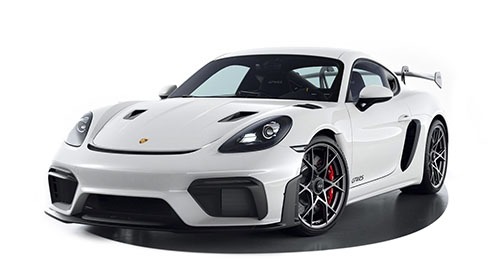 2023 718 Cayman GT4 RS
2023 718 Cayman GT4 RS
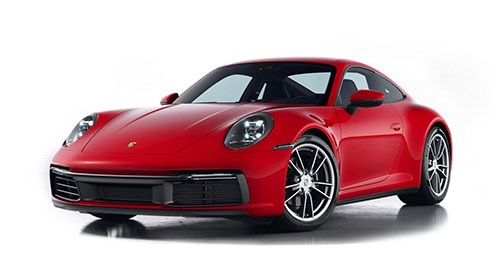 2023 911 Carrera
2023 911 Carrera
 2023 911 Dakar
2023 911 Dakar
 2023 911 GT3
2023 911 GT3
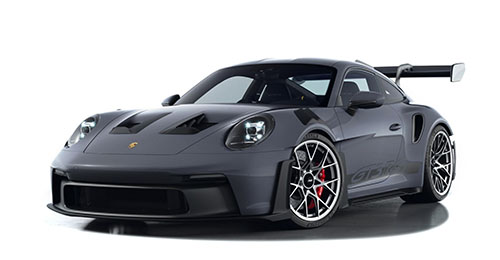 2023 911 GT3 RS
2023 911 GT3 RS
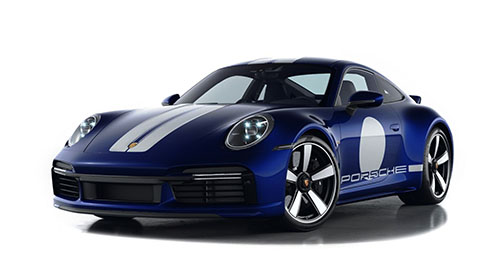 2023 911 Sport Classic
2023 911 Sport Classic
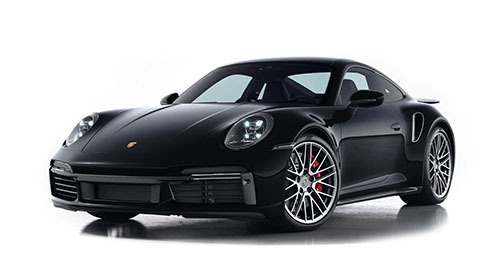 2023 911 Turbo
2023 911 Turbo
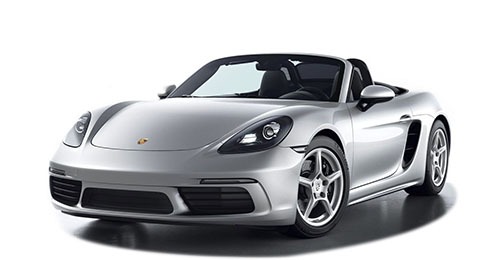 2023 718 Boxster
2023 718 Boxster
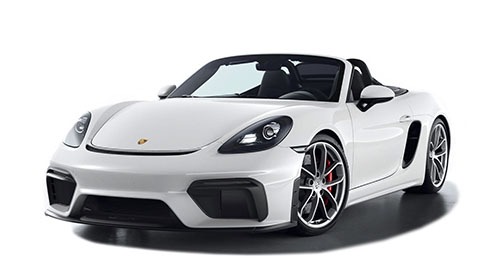 2023 718 Spyder
2023 718 Spyder
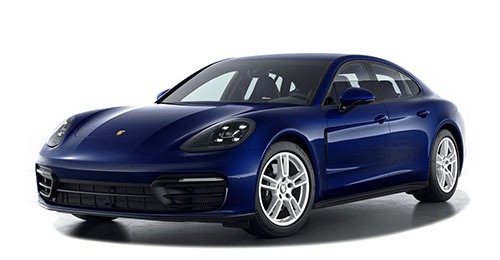 2023 Panamera
2023 Panamera
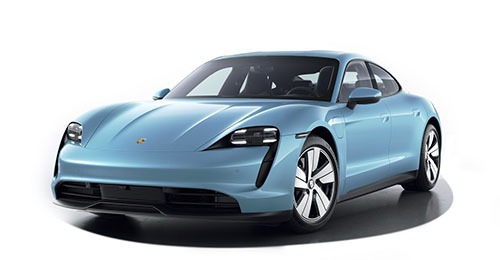 2023 Taycan
2023 Taycan
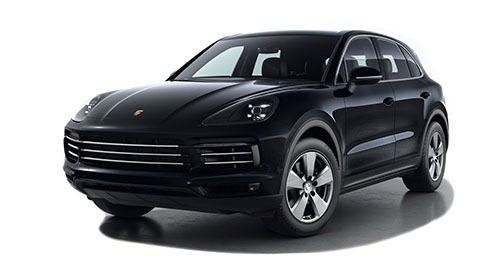 2023 Cayenne
2023 Cayenne
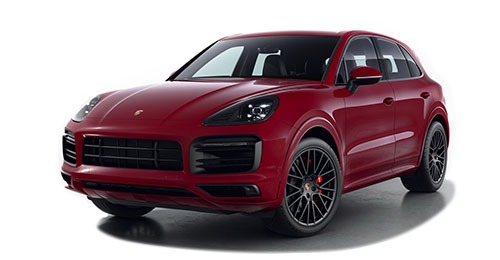 2023 Cayenne GTS
2023 Cayenne GTS
 2023 Cayenne Turbo GT
2023 Cayenne Turbo GT
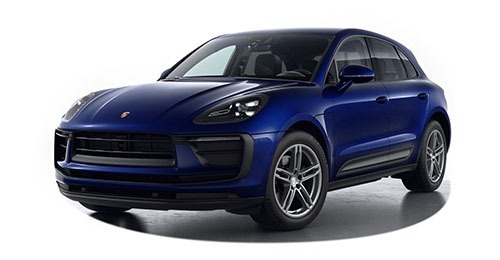 2023 Macan
2023 Macan
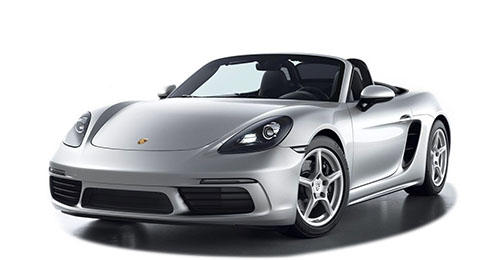 2022 718 Boxster
2022 718 Boxster
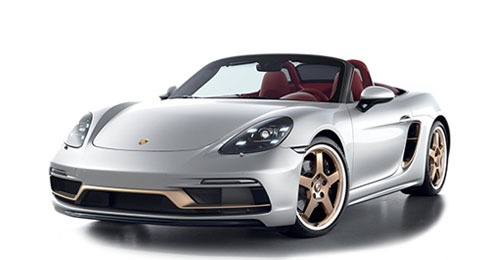 2022 718 Boxster 25 Years
2022 718 Boxster 25 Years
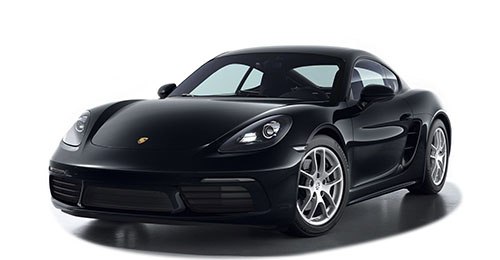 2022 718 Cayman
2022 718 Cayman
 2022 718 Cayman GT4
2022 718 Cayman GT4
 2022 718 Cayman GT4 RS
2022 718 Cayman GT4 RS
 2022 718 GTS 4.0
2022 718 GTS 4.0
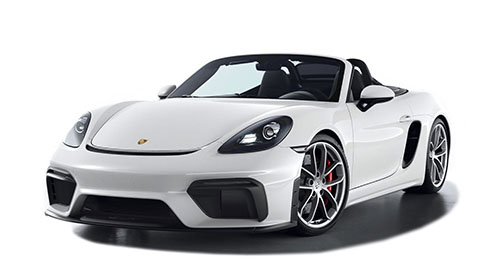 2022 718 Spyder
2022 718 Spyder
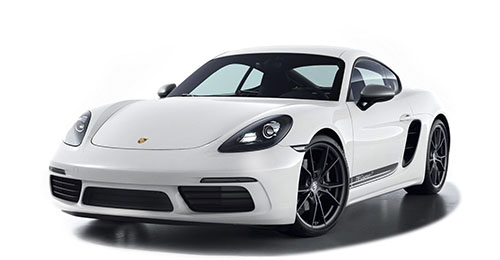 2022 718 T
2022 718 T
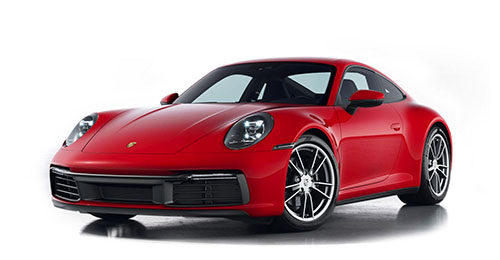 2022 911
2022 911
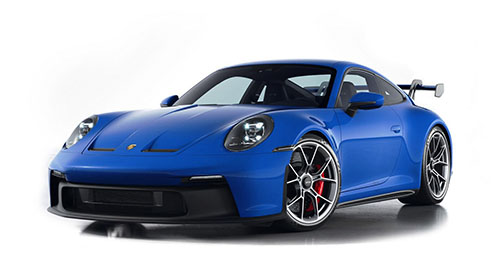 2022 911 GT3
2022 911 GT3
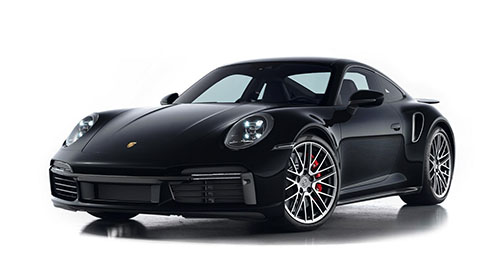 2022 911 Turbo
2022 911 Turbo
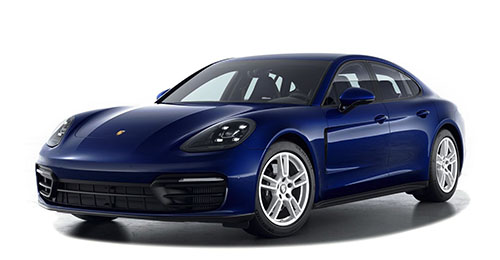 2022 Panamera
2022 Panamera
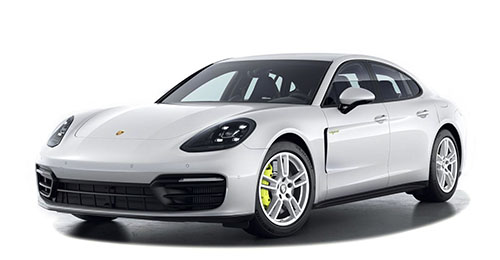 2022 Panamera E-Hybrid
2022 Panamera E-Hybrid
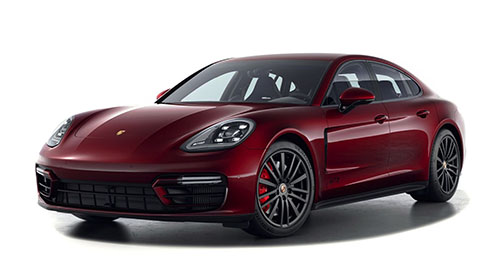 2022 Panamera GTS
2022 Panamera GTS
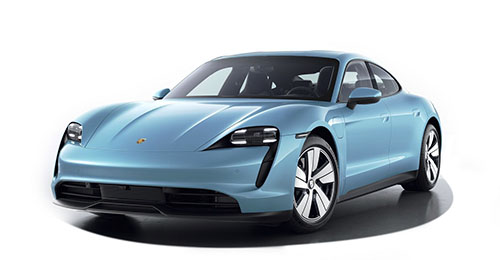 2022 Taycan
2022 Taycan
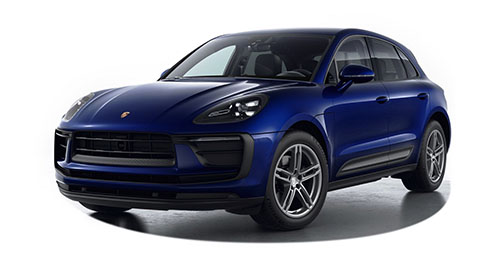 2022 Macan
2022 Macan
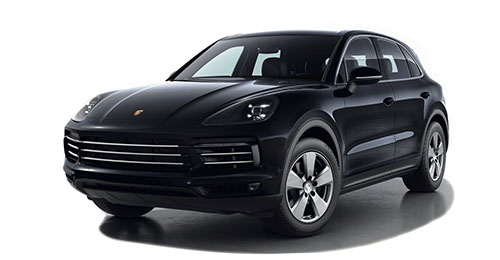 2022 Cayenne
2022 Cayenne
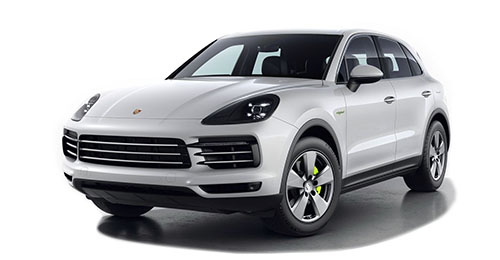 2022 Cayenne E-Hybrid
2022 Cayenne E-Hybrid
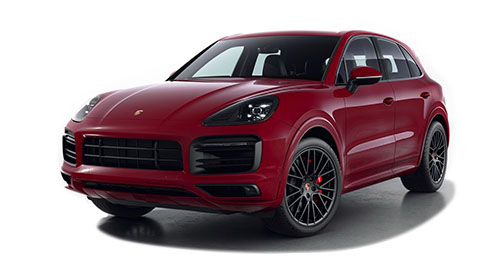 2022 Cayenne GTS
2022 Cayenne GTS
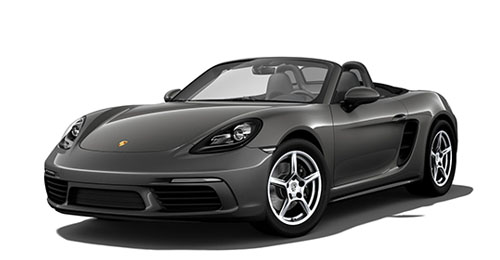 2021 718 Boxster
2021 718 Boxster
 2021 718 Boxster 25 Years
2021 718 Boxster 25 Years
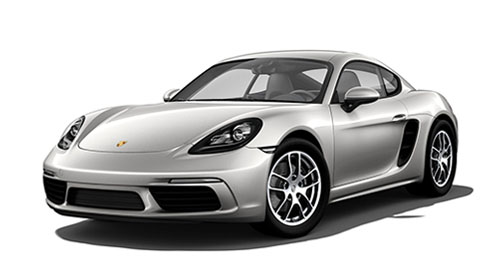 2021 718 Cayman
2021 718 Cayman
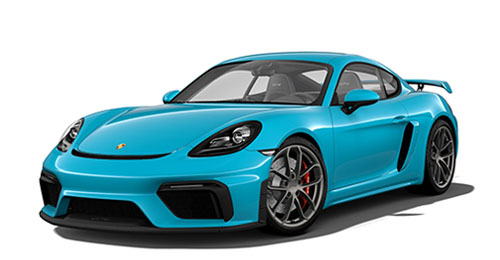 2021 718 Cayman GT4
2021 718 Cayman GT4
 2021 718 GTS 4.0
2021 718 GTS 4.0
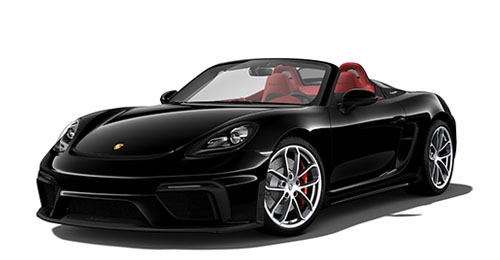 2021 718 Spyder
2021 718 Spyder
 2021 718 T
2021 718 T
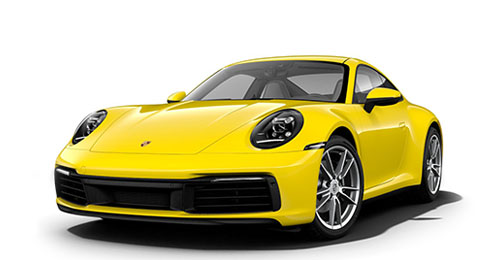 2021 911
2021 911
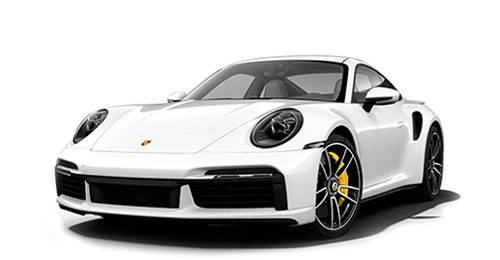 2021 911 Turbo
2021 911 Turbo
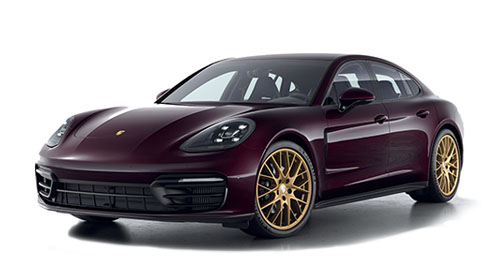 2021 Panamera
2021 Panamera
 2021 Panamera E-Hybrid
2021 Panamera E-Hybrid
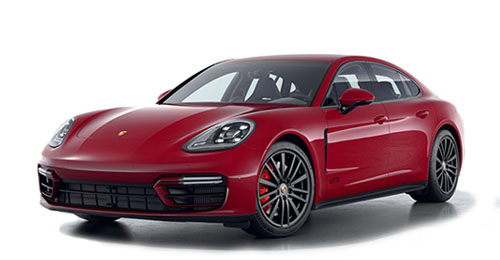 2021 Panamera GTS
2021 Panamera GTS
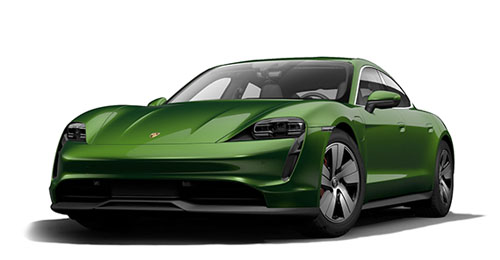 2021 Taycan
2021 Taycan
 2021 Macan
2021 Macan
 2021 Cayenne
2021 Cayenne
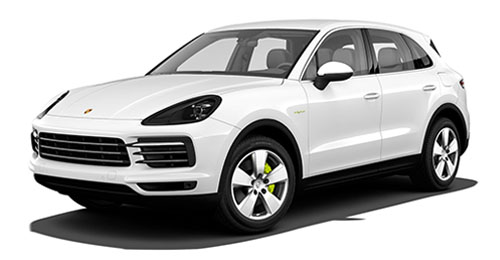 2021 Cayenne E-Hybrid
2021 Cayenne E-Hybrid
 2021 Cayenne GTS
2021 Cayenne GTS
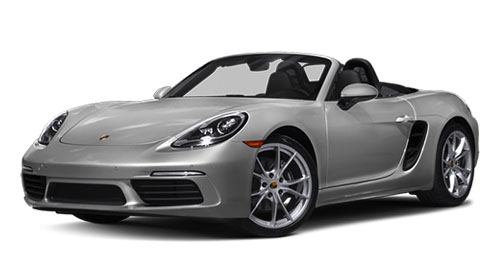 2020 718 Boxster
2020 718 Boxster
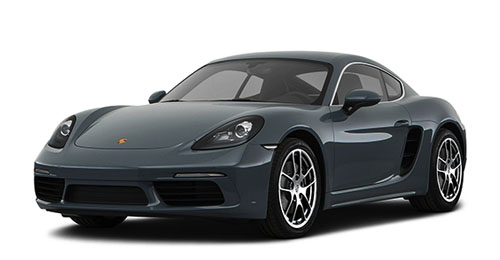 2020 718 Cayman
2020 718 Cayman
 2020 718 Cayman GT4
2020 718 Cayman GT4
 2020 718 Spyder
2020 718 Spyder
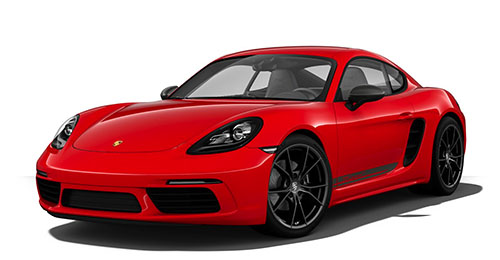 2020 718 T
2020 718 T
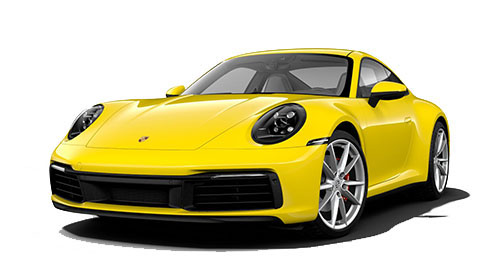 2020 911 Carrera
2020 911 Carrera
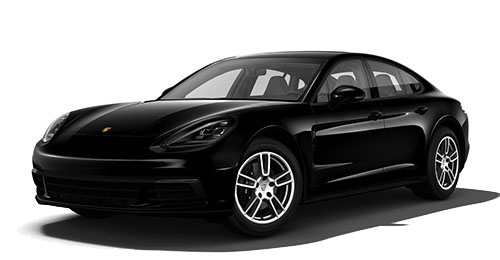 2020 Panamera
2020 Panamera
 2020 Panamera E-Hybrid
2020 Panamera E-Hybrid
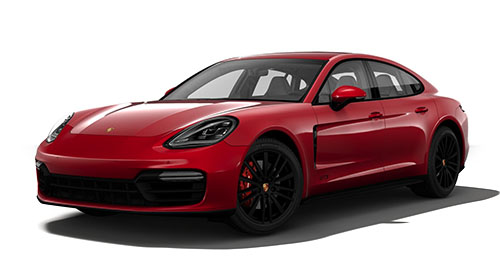 2020 Panamera GTS
2020 Panamera GTS
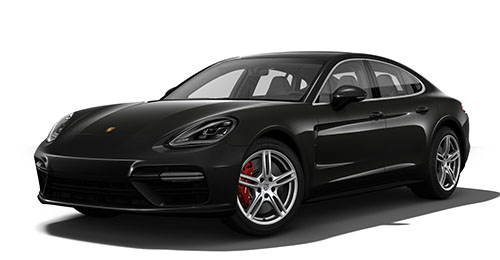 2020 Panamera Turbo
2020 Panamera Turbo
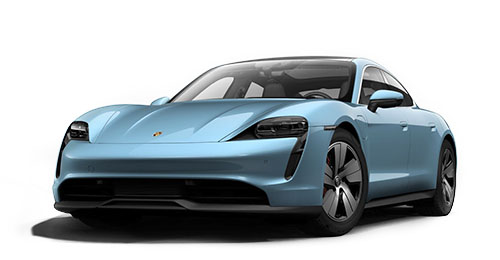 2020 Taycan
2020 Taycan
 2020 Macan
2020 Macan
 2020 Cayenne
2020 Cayenne
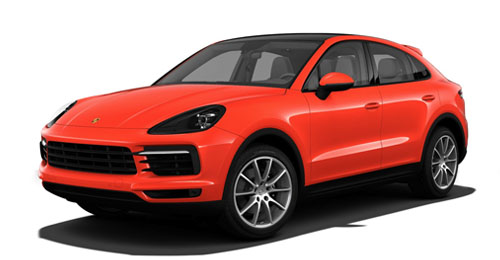 2020 Cayenne Coupe
2020 Cayenne Coupe
 2019 718 Boxster
2019 718 Boxster
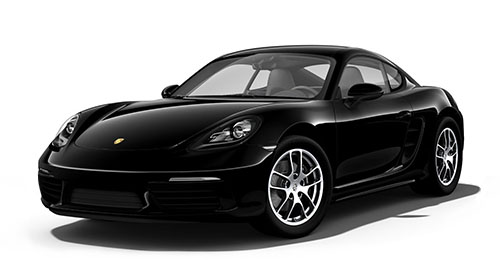 2019 718 Cayman
2019 718 Cayman
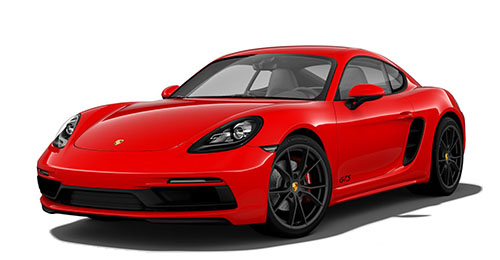 2019 718 GTS
2019 718 GTS
 2019 911 Carrera
2019 911 Carrera
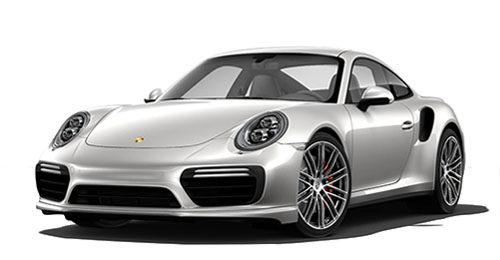 2019 911 Carrera T
2019 911 Carrera T
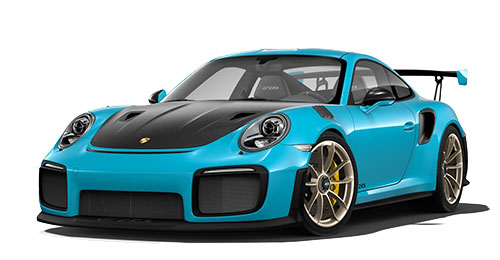 2019 911 GT2 RS
2019 911 GT2 RS
 2019 911 GT3
2019 911 GT3
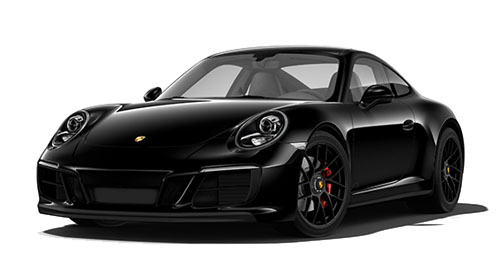 2019 911 GTS
2019 911 GTS
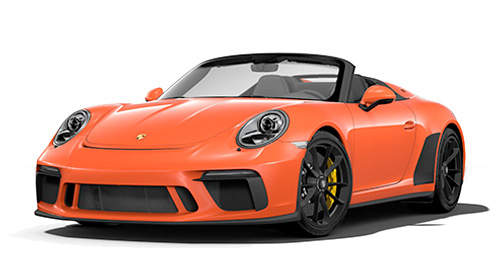 2019 911 Speedster
2019 911 Speedster
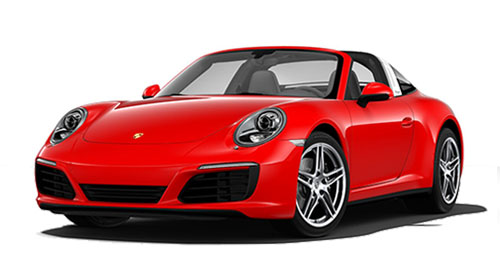 2019 911 Targa 4
2019 911 Targa 4
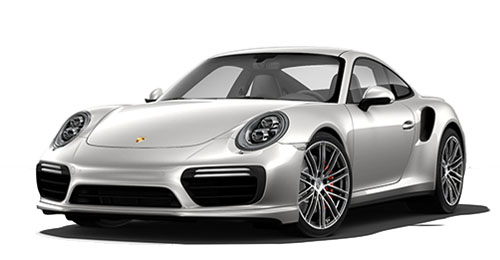 2019 911 Turbo
2019 911 Turbo
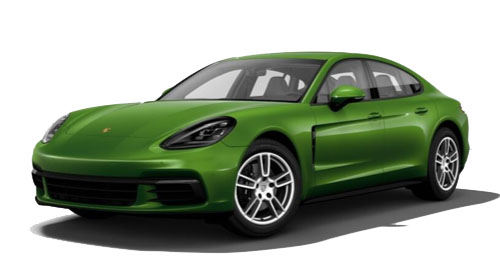 2019 Panamera
2019 Panamera
 2019 Panamera E-Hybrid
2019 Panamera E-Hybrid
 2019 Panamera GTS
2019 Panamera GTS
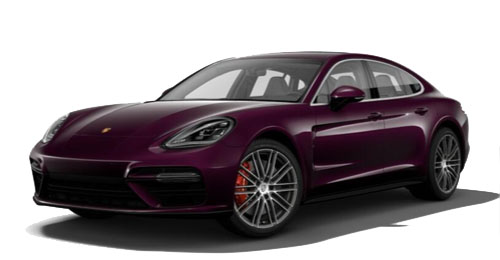 2019 Panamera Turbo
2019 Panamera Turbo
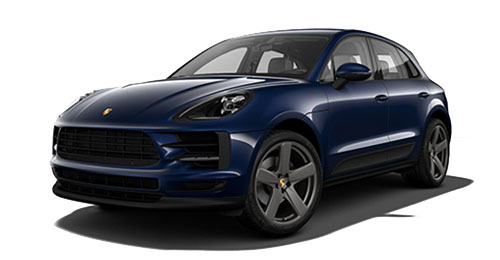 2019 Macan
2019 Macan
 2019 Cayenne
2019 Cayenne
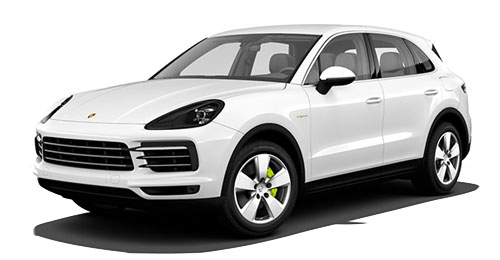 2019 Cayenne E-Hybrid
2019 Cayenne E-Hybrid
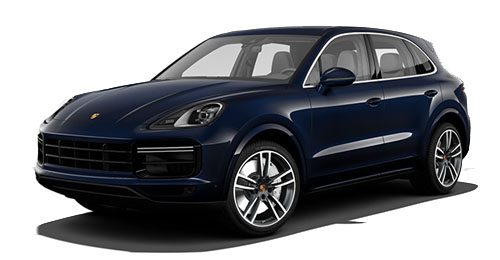 2019 Cayenne Turbo
2019 Cayenne Turbo
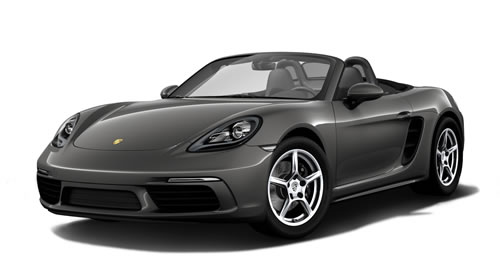 2018 718 Boxster
2018 718 Boxster
 2018 718 Cayman
2018 718 Cayman
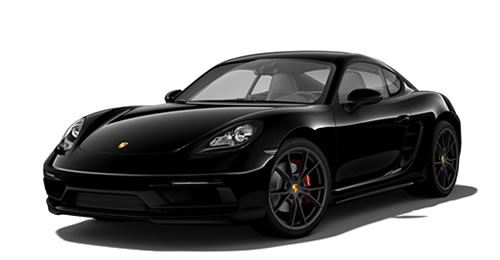 2018 718 GTS
2018 718 GTS
 2018 911 Carrera
2018 911 Carrera
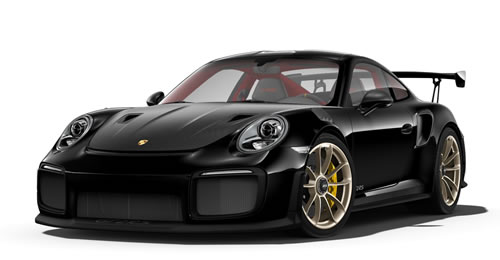 2018 911 GT2 RS
2018 911 GT2 RS
 2018 911 GT3
2018 911 GT3
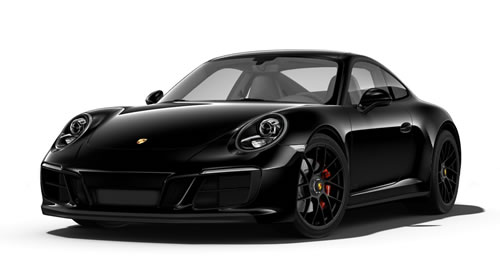 2018 911 GTS
2018 911 GTS
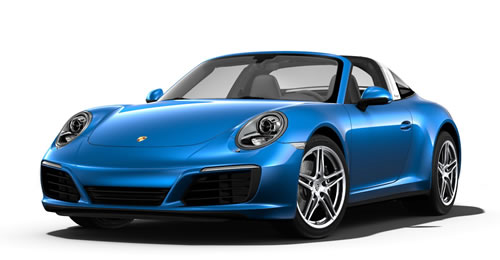 2018 911 Targa 4
2018 911 Targa 4
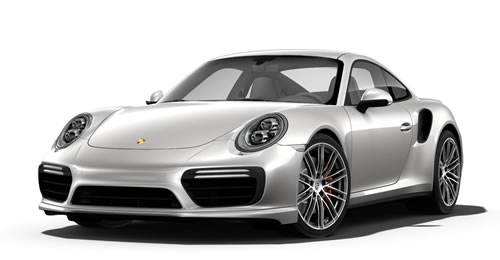 2018 911 Turbo
2018 911 Turbo
 2018 911 Turbo S Exclusive
2018 911 Turbo S Exclusive
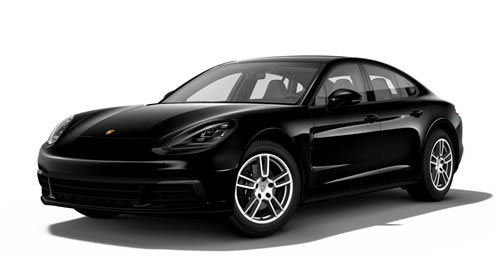 2018 Panamera
2018 Panamera
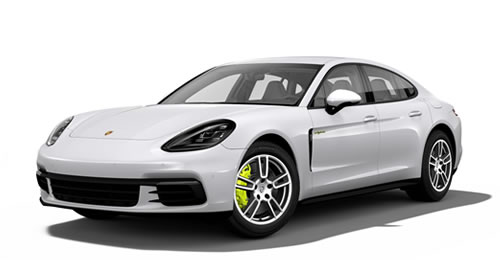 2018 Panamera E-Hybrid
2018 Panamera E-Hybrid
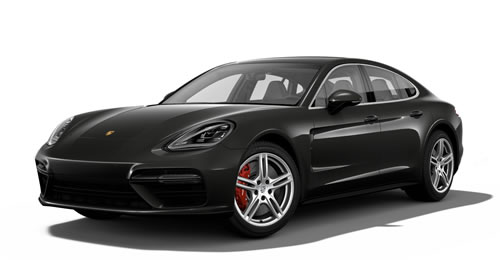 2018 Panamera Turbo
2018 Panamera Turbo
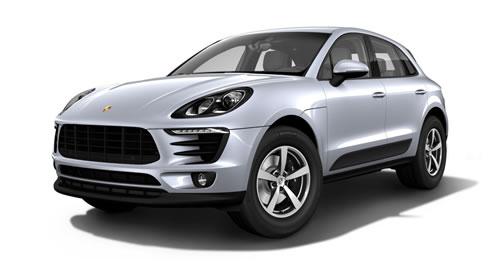 2018 Macan
2018 Macan
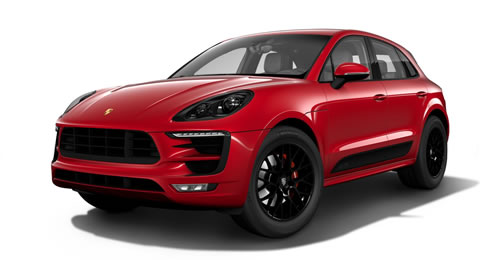 2018 Macan GTS
2018 Macan GTS
 2018 Macan Turbo
2018 Macan Turbo
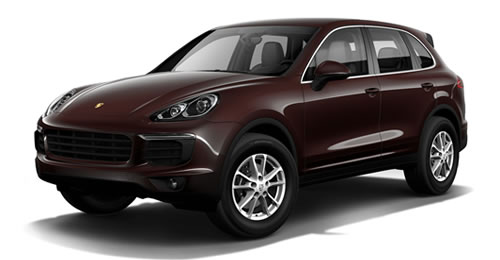 2018 Cayenne
2018 Cayenne
 2018 Cayenne E-Hybrid
2018 Cayenne E-Hybrid
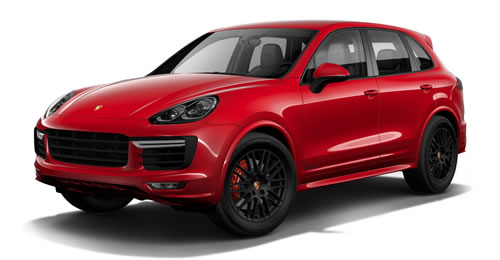 2018 Cayenne GTS
2018 Cayenne GTS
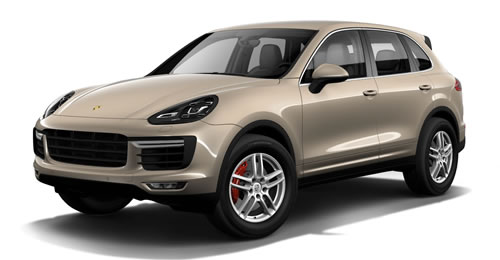 2018 Cayenne Turbo
2018 Cayenne Turbo
 2017 718 Boxster
2017 718 Boxster
 2017 718 Cayman
2017 718 Cayman
 2017 911 Carrera
2017 911 Carrera
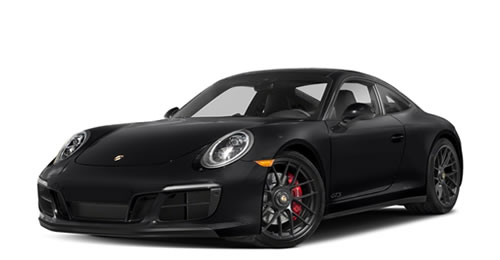 2017 911 GTS
2017 911 GTS
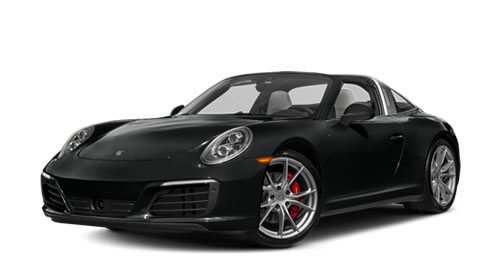 2017 911 Targa
2017 911 Targa
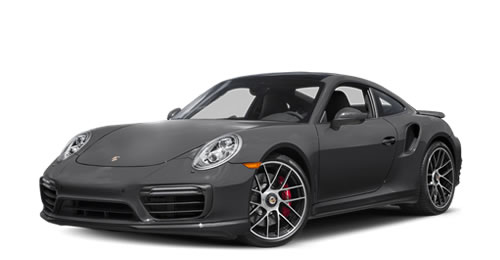 2017 911 Turbo
2017 911 Turbo
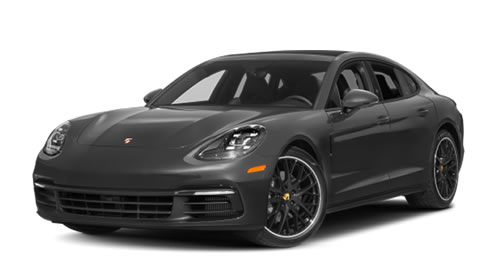 2017 Panamera
2017 Panamera
 2017 Macan
2017 Macan
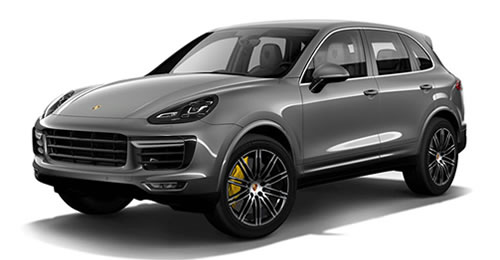 2017 Cayenne
2017 Cayenne
 2016 Boxster
2016 Boxster
 2016 Cayman
2016 Cayman
 2016 911
2016 911
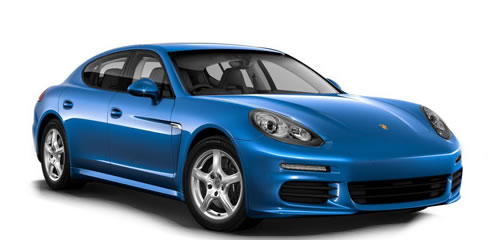 2016 Panamera
2016 Panamera
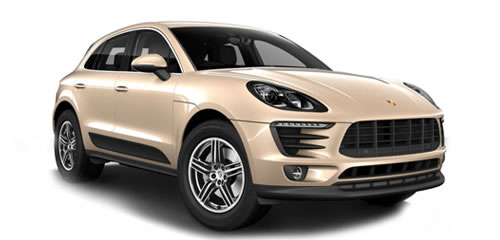 2016 Macan
2016 Macan
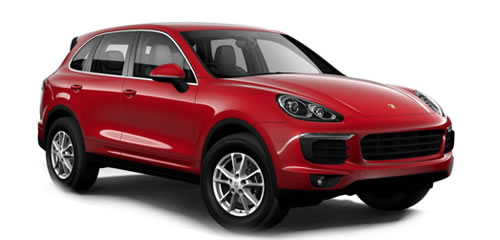 2016 Cayenne
2016 Cayenne
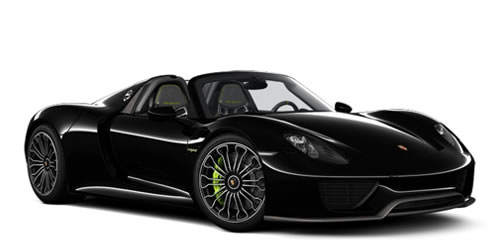 2015 918 Spyder
2015 918 Spyder
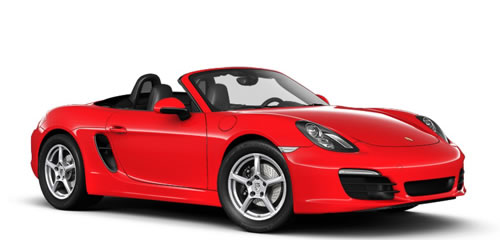 2015 Boxster
2015 Boxster
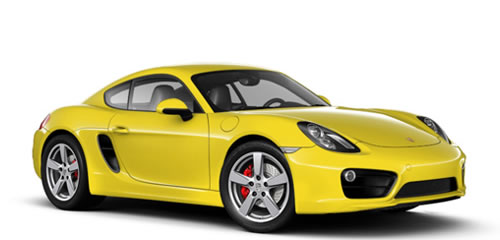 2015 Cayman
2015 Cayman
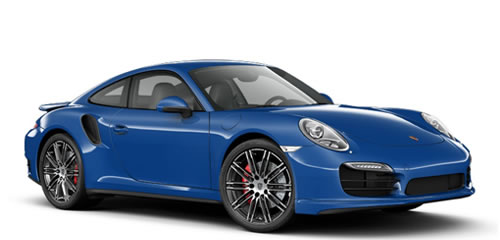 2015 911
2015 911
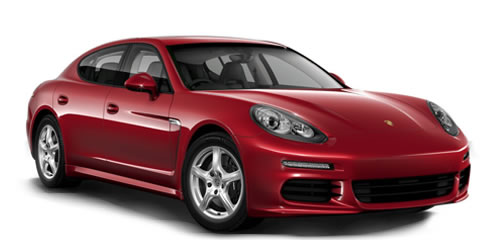 2015 Panamera
2015 Panamera
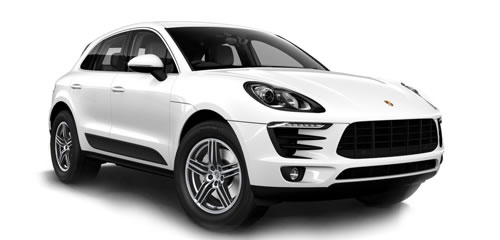 2015 Macan
2015 Macan
 2015 Cayenne
2015 Cayenne
